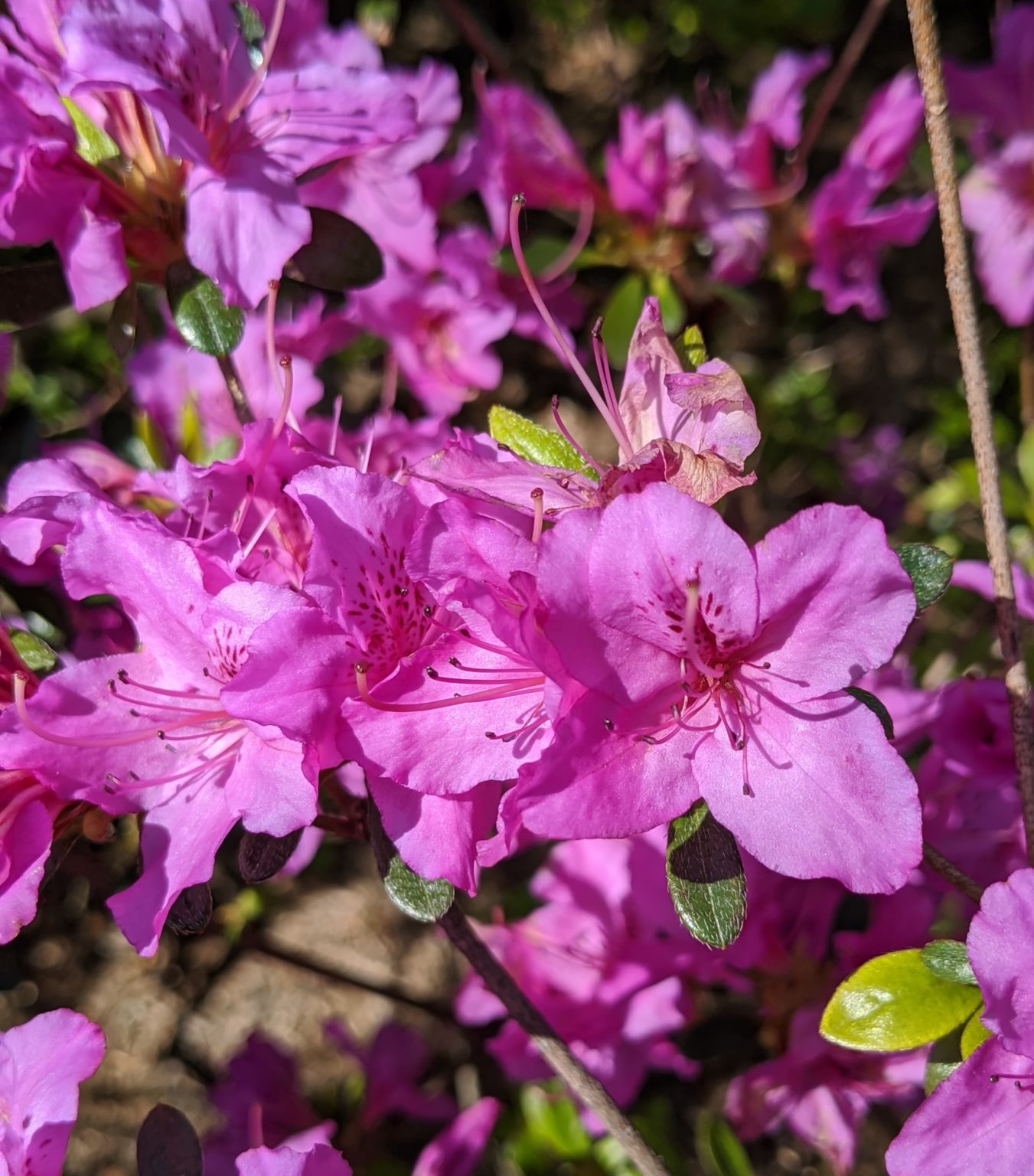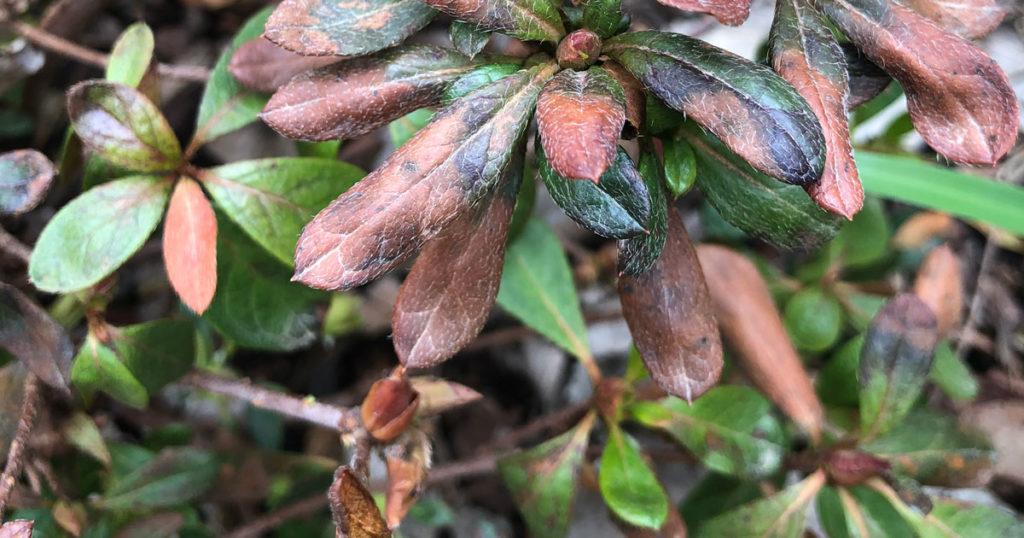Uncovering the Reasons Behind Azalea Blooming Failure
Azaleas are renowned for their vibrant, showy flowers that add a splash of color to any garden or landscape. However, when these flowers fail to appear, it can be a frustrating and disheartening experience for gardeners. If you’re wondering why your azaleas are not blooming, you’re not alone. This common problem affects many azalea enthusiasts, leaving them searching for answers. In this article, we’ll delve into the possible reasons behind azalea blooming failure and provide practical solutions to encourage these beautiful flowers to flourish.
How to Identify Nutrient Deficiencies in Your Azalea Soil
Soil quality plays a crucial role in azalea blooming, and nutrient deficiencies can significantly impact flower production. When azaleas lack essential nutrients, they may struggle to produce vibrant blooms, leading to disappointment and frustration. Identifying nutrient deficiencies is crucial to addressing the issue and encouraging healthy blooming. Look out for signs such as yellowing leaves, stunted growth, or weak stems, which can indicate a lack of nitrogen, iron, or other essential micronutrients. By recognizing these signs and taking corrective action, you can provide your azaleas with the necessary nutrients to thrive and bloom beautifully.
The Impact of Insufficient Light on Azalea Blooming
Light is a critical factor in azalea blooming, and insufficient light can prevent flowers from forming. Azaleas require a certain amount of light to produce blooms, and a lack of light can lead to weak, spindly growth and a lack of flowers. Ideally, azaleas should receive bright, indirect light, especially during the winter months when they are preparing to bloom. If your azaleas are not receiving enough natural light, consider providing supplemental lighting, such as grow lights, to encourage blooming. Be cautious not to overdo it, as too much direct light can cause leaf scorch and other problems. By providing the right amount of light, you can help your azaleas produce vibrant, healthy blooms. If you’re struggling with azaleas that are not blooming, insufficient light may be the culprit, and making adjustments to their lighting can make all the difference.
Watering Woes: How Overwatering Can Prevent Azalea Blooms
Overwatering is a common mistake that can have devastating effects on azalea blooming. When azaleas receive too much water, their roots can rot, leading to a lack of oxygen and nutrients. This can cause the plant to focus its energy on survival rather than blooming, resulting in a lack of flowers. If you’re struggling with azaleas that are not blooming, it’s essential to check your watering schedule. Make sure to water your azaleas only when the soil feels dry to the touch, and avoid getting water on the leaves or flowers to prevent fungal diseases. It’s also crucial to ensure good drainage, as azaleas hate wet feet. By being mindful of your watering habits, you can prevent overwatering and encourage healthy, blooming azaleas. Remember, if my azaleas are not blooming, overwatering could be the culprit, and adjusting your watering schedule can make all the difference.
Pests and Diseases: The Hidden Enemies of Azalea Blooms
Azaleas are susceptible to various pests and diseases that can hinder blooming. Aphids, whiteflies, and spider mites are common pests that can weaken azaleas and prevent blooming. These pests can be identified by the presence of sticky honeydew droplets on the leaves or a fine webbing on the plant. To control these pests, use neem oil or insecticidal soap according to the product’s instructions. Fungal diseases, such as root rot and leaf spot, can also affect azalea blooming. These diseases can be identified by the presence of black or brown spots on the leaves or stems. To prevent fungal diseases, ensure good air circulation around the plant, remove any infected leaves or stems, and treat with a fungicide if necessary. If my azaleas are not blooming, it’s essential to inspect the plant for any signs of pests or diseases and take action promptly to prevent further damage. By being proactive, you can prevent these hidden enemies from ruining your azalea blooms.
Pruning for Blooms: The Art of Shaping Your Azalea
Pruning is a crucial step in encouraging azalea blooming. When done correctly, pruning can promote healthy growth, increase flower production, and enhance the overall appearance of the plant. To prune azaleas effectively, it’s essential to understand the timing and technique. Prune azaleas immediately after they finish blooming, as this will allow the plant to produce new growth and set buds for the next year’s blooms. Remove any dead, diseased, or damaged branches, and cut back leggy growth to encourage bushy growth. Shape the plant to maintain a balanced and symmetrical form, and consider thinning out the center of the plant to allow more light to reach the inner branches. By pruning azaleas correctly, you can promote healthy growth and encourage blooming. If my azaleas are not blooming, pruning may be the key to unlocking their full potential.
Azalea Variety Selection: Choosing the Right Bloomers for Your Climate
Selecting the right azalea variety is crucial for encouraging blooming. Different azalea varieties have different blooming characteristics, and some are better suited to specific climates and regions. For example, some azalea varieties are more tolerant of heat and humidity, while others thrive in cooler, more temperate climates. When choosing an azalea variety, consider the specific growing conditions in your area and select a variety that is well-suited to those conditions. If my azaleas are not blooming, it may be due to a mismatch between the variety and the climate. By selecting the right variety, you can increase the chances of successful blooming. Additionally, consider factors such as bloom color, size, and duration when selecting an azalea variety. With so many varieties to choose from, it’s essential to do your research and select the one that best fits your needs and growing conditions.
Reviving Your Azalea: A Step-by-Step Guide to Encouraging Blooms
If my azaleas are not blooming, it’s not the end of the world. With a little patience and TLC, you can revive your azalea and encourage blooming. Here’s a step-by-step guide to help you get started:
Step 1: Check the Soil – Ensure the soil is well-draining and rich in organic matter. Test the pH level and adjust it if necessary.
Step 2: Provide Adequate Light – Azaleas need sufficient light to bloom. Move the plant to a brighter location or provide supplemental lighting.
Step 3: Water Wisely – Avoid overwatering by checking the soil moisture regularly. Water only when the top inch of soil feels dry.
Step 4: Prune with Care – Prune your azalea immediately after blooming to promote healthy growth and encourage blooming.
Step 5: Monitor for Pests and Diseases – Regularly inspect your azalea for signs of pests or diseases and take action promptly if you notice any issues.
Step 6: Choose the Right Variety – Select an azalea variety that is suitable for your climate and region.
By following these steps, you can revive your azalea and encourage blooming. Remember, patience is key, and it may take some time to see results. With proper care and attention, your azalea will thrive and produce beautiful blooms.




/how-to-care-for-azaleas-5074145-06-d004727782d94545936f4d7352ced9f3.jpg)
:max_bytes(150000):strip_icc()/fall-blooming-azaleas-512333846-9252e70015c1495a89c300cf5ba3b9dd.jpg)
